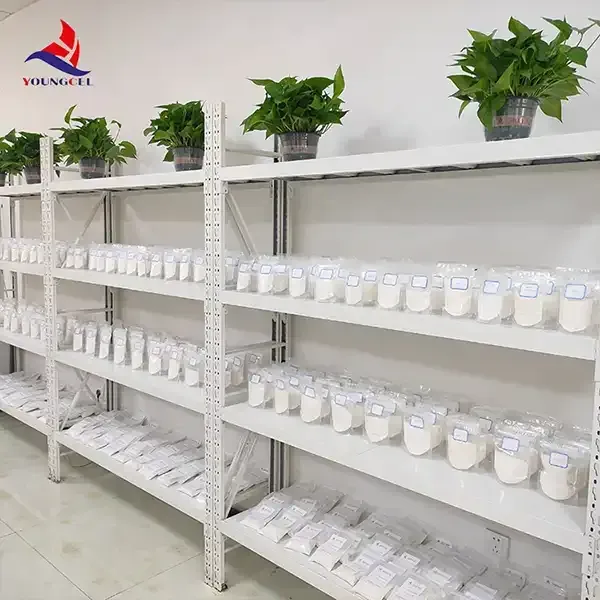The Benefits of Cellulose Coating in Modern Applications
Cellulose coating, derived from cellulose, a natural polymer found in the cell walls of plants, has gained significant attention in various industries due to its environmentally friendly properties and versatility. As the world increasingly moves towards sustainable solutions, cellulose coatings present an innovative option for various applications, ranging from packaging to pharmaceuticals.
One of the primary benefits of cellulose coatings is their biodegradability. Unlike traditional petroleum-based coatings that can persist in the environment for hundreds of years, cellulose coatings break down naturally, reducing waste and environmental impact. This characteristic makes them particularly suitable for applications where sustainability is a priority, such as food packaging. Many consumers today are increasingly conscious of their environmental footprint, driving companies to seek eco-friendly alternatives. Cellulose coatings provide an answer, allowing for the effective protection of food products while minimizing ecological damage.
In addition to their environmental benefits, cellulose coatings offer excellent barrier properties. They can effectively impede moisture, gases, and oils, making them ideal for preserving the flavor and freshness of perishable goods. This quality is especially crucial in the food industry, where maintaining product integrity is vital for consumer satisfaction and safety. The effectiveness of cellulose coatings can also prolong shelf life, reducing food waste and contributing to more sustainable consumption patterns.
cellulose coating

Cellulose coatings are not limited to food packaging; they have significant applications in the pharmaceutical and cosmetics industries as well. In pharmaceuticals, these coatings can be used to control the release of active ingredients, enhancing the efficacy of medications. By using cellulose derivatives, manufacturers can develop time-release formulations that improve patient compliance and optimize therapeutic outcomes. Additionally, in cosmetics, cellulose coatings can provide a smooth finish and enhance the feel of products on the skin, catering to the aesthetic preferences of consumers.
Moreover, cellulose is a renewable resource, as it can be sourced from various plants, including wood, cotton, and agricultural residues. This renewability not only supports sustainable production practices but also helps in reducing dependence on fossil fuels. As industries seek to adopt greener alternatives, cellulose coatings stand out as a promising solution that aligns with the goals of reducing carbon footprints and promoting circular economies.
In conclusion, cellulose coatings offer a myriad of benefits, including biodegradability, effective barrier properties, and versatility across various industries. As consumer demand for sustainable products continues to rise, the adoption of cellulose-based solutions is likely to grow. Companies that invest in cellulose coating technologies will not only contribute to environmental protection but also meet the evolving needs of their customers. The future of cellulose coatings looks bright, promising a safer and more sustainable pathway for development across numerous sectors. With ongoing research and innovation, we can expect to see even more applications of this remarkable material, pushing the boundaries of what is possible in sustainable packaging and beyond.
-
A Comprehensive Guide to Methyl Ethyl Hydroxyethyl Cellulose: Applications and Industry InsightsNewsNov.24,2025
-
Understanding Methyl 2 Hydroxyethyl Cellulose: Uses, Benefits & Industry InsightsNewsNov.24,2025
-
Hydroxyethyl Methyl Cellulose HEMC: Industrial Uses, Benefits & Future TrendsNewsNov.23,2025
-
HEMC Cellulose: Versatile & Sustainable Industrial Polymer | YoungcelNewsNov.23,2025
-
Methyl Hydroxyethyl Cellulose: Versatile Building Block for Industry & SustainabilityNewsNov.23,2025
-
CAS 9032 42 2: Understanding Polyvinyl Alcohol's Impact on Industry & SustainabilityNewsNov.22,2025




